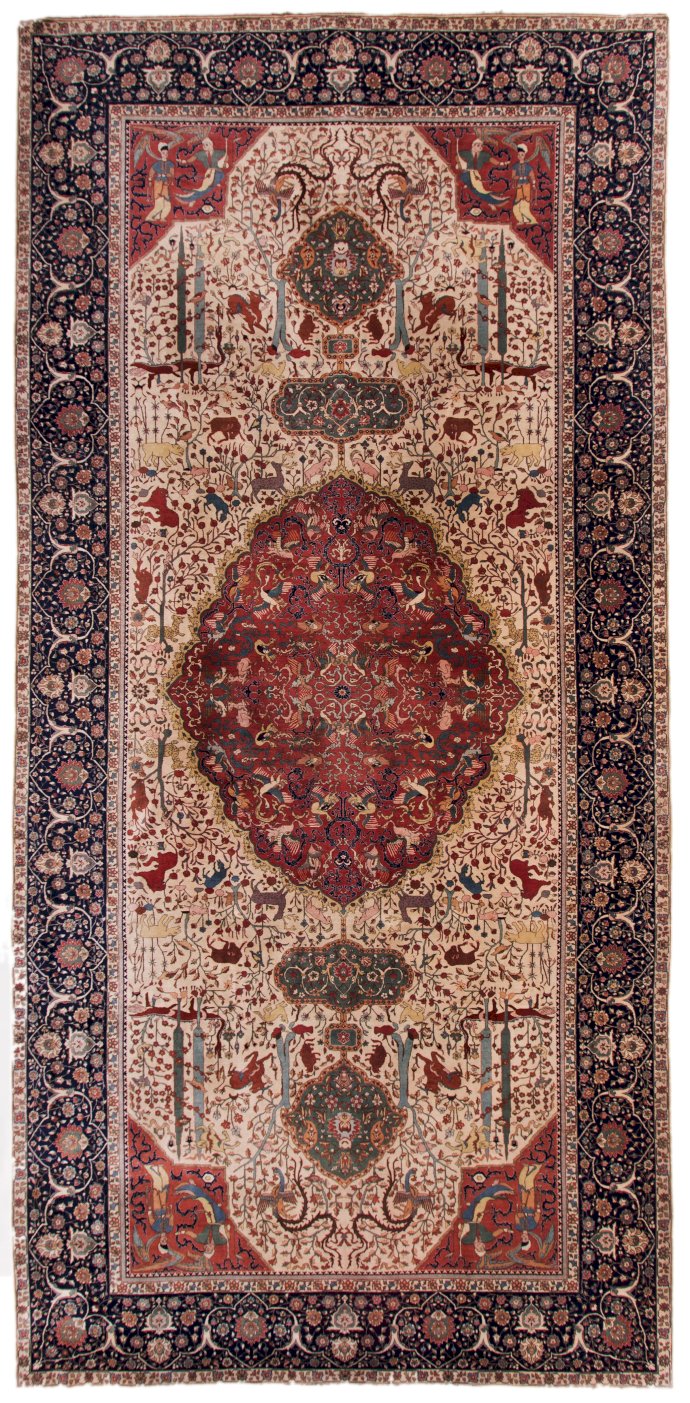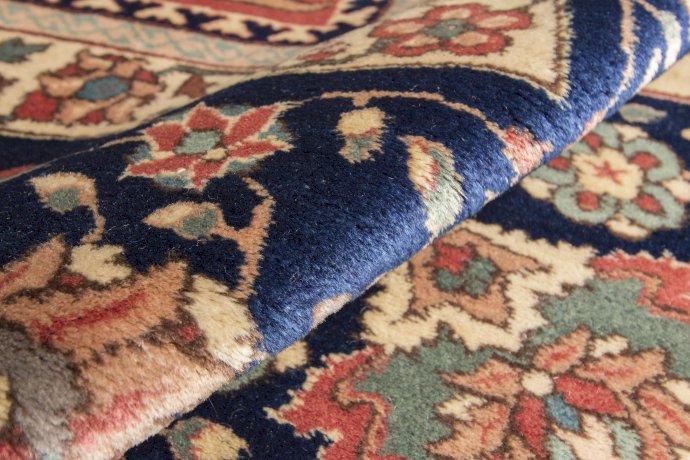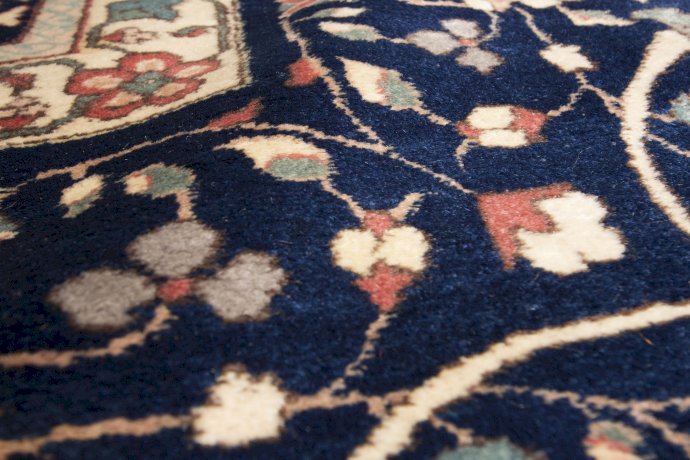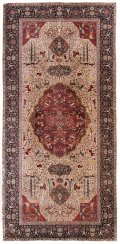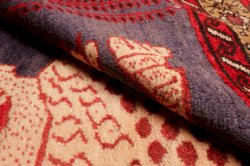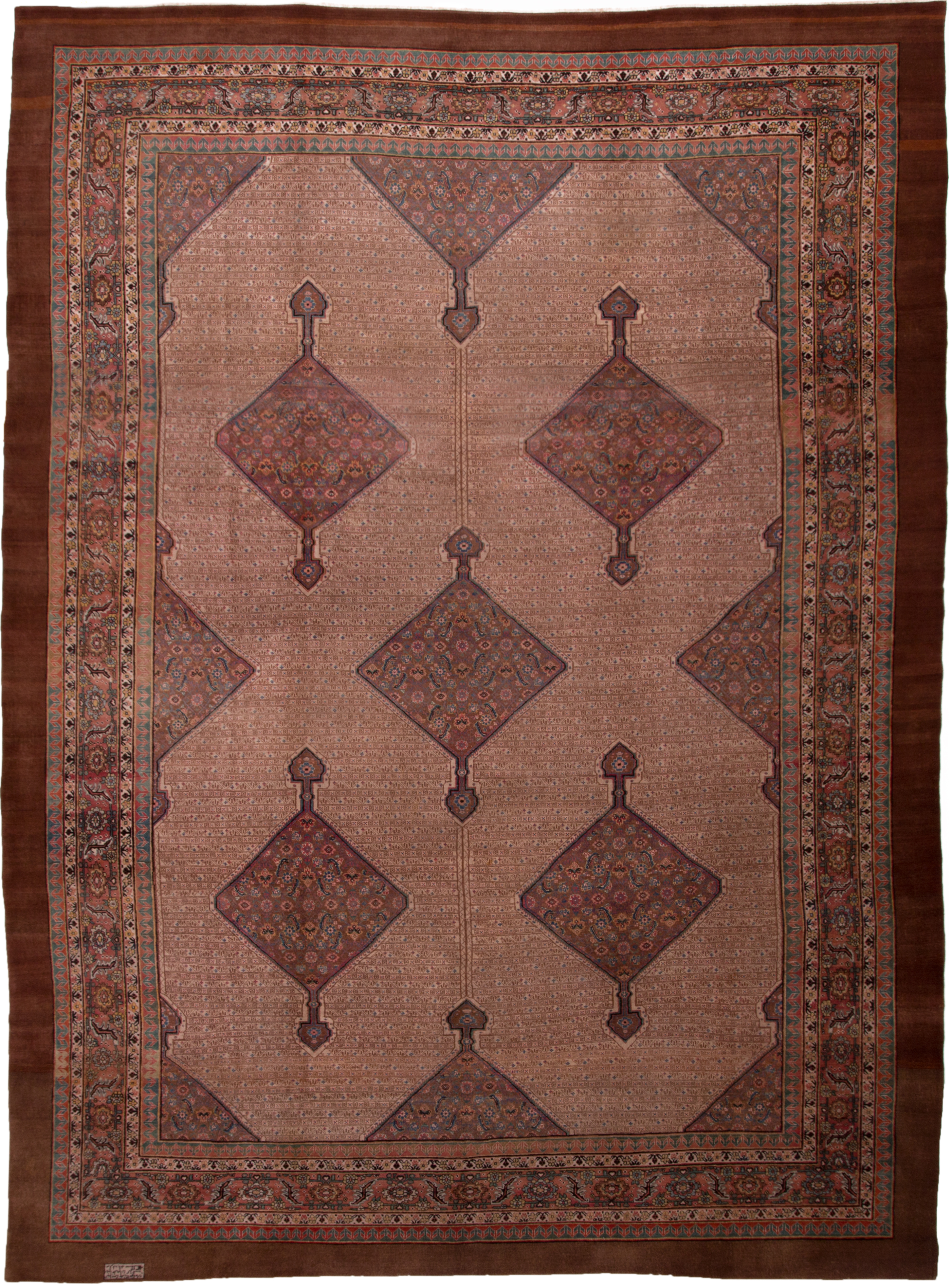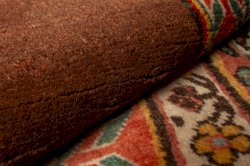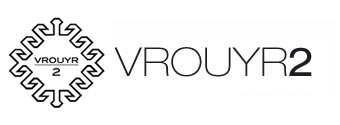REF.: R36040
Petag Tabriz rug
| Price range: | More than €25.000,00 |
| Description: | Petag Tabriz rug |
| Dimensions: | L640xB308 |
| Origin: | North West Iran |
| Period: | 1880-1940 |
| Medium: | pile: wool / warp and weft: cotton |
| Technique: | Hand knotted |
Coulours may appear different on the website than in reality. All mentioned prices and sizes are indicative and not binding. Possibly some rugs that are still online, are not available anymore in the showroom.
The German company Petag, short for Persiche Teppich-Gesellschaft AG, was founded in Berlin in 1911, even though some sources speak of 1885.
Under the inspiration of Heinrich Jacoby, a large manufactory was started up in Tabriz (north-west Iran) from the 1920s onwards.
This was intended to counter the decline in quality that resulted from the over-commercialisation of production at the demand of
the West.
The result was outstanding ; in excellent wool qualities, masterfully vegetal-coloured, old rich motifs from the 16th and 17th centuries were revived.
The atelier's different qualities refer to the knot density: Pertovi, Hamajun, Teimuri, Rustem and Cyrus. The workshops were closed in the 1940s.
Heinrich Jacoby remains an authority in the world of Oriental carpets.
For instance, in 1923 he publishes " Eine Sammlung orientalischer Teppiche ", in 1949 " ABC des echter Teppichs " and he collaborated ...

